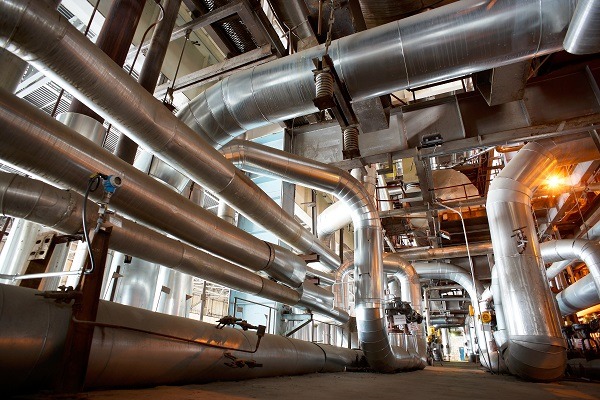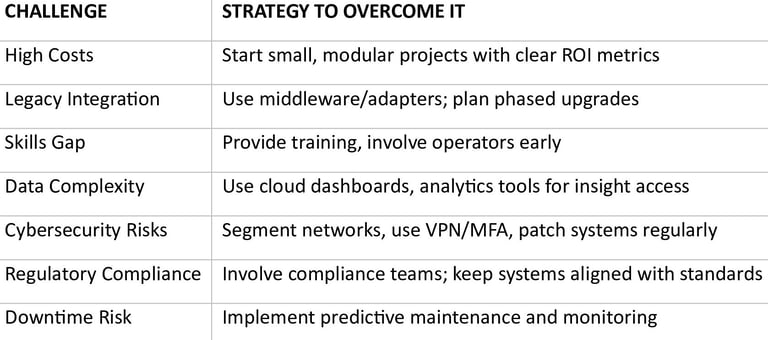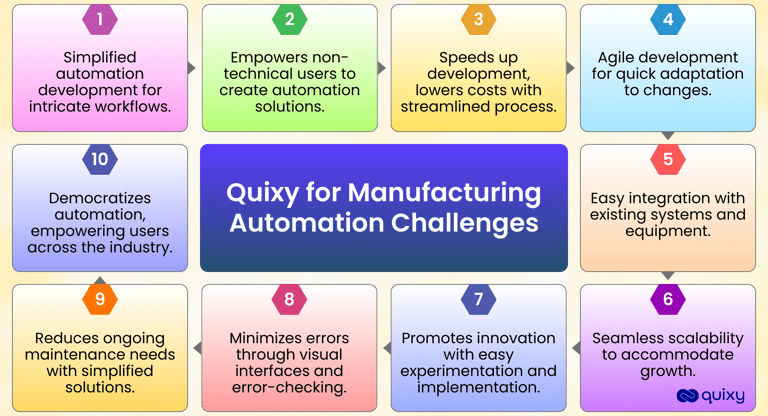THE IMPORTANCE OF PROCESS CONTROL & AUTOMATION
Why Process Control & Automation are Vital for Modern Industry—and What Makes Implementation Tough


INTRODUCTION
In today’s competitive industrial realm, process control and automation improve productivity, enhance safety, and enable consistent product quality. Yet, adopting and fine-tuning these systems present challenges. This blog explores the critical importance of industrial automation, highlights common obstacles, and suggests strategies to overcome them.
WHY PROCESS CONTROL & AUTOMATION MATTER
ENHANCED EFFICIENCY & PRODUCTIVITY
Automated systems reduce human intervention, streamline operations, and accelerate production cycles—boosting overall throughput and reducing human errors.IMPROVED PRODUCT QUALITY & CONSISTENCY
Automation ensures precise, repeatable control over temperature, flow, pressure, and other variables, which maintains uniform output and reduces defects.REAL-TIME MONITORING & ADAPTABILITY
Modern control setups equipped with IIoT and advanced analytics provide real-time insights and facilitate adjustments on the fly, enhancing process agility.INCREASED SAFETY & REDUCED RISKS
Automated systems reduce reliance on manual intervention in hazardous environments, minimizing accidents and ensuring operator safety.SCALABILITY & FLEXIBILITY
Today's systems allow quick reconfiguration to support different products, batch sizes, or process changes—accelerating innovation and market responsiveness.
KEY CHALLENGES IN PROCESS CONTROL & AUTOMATION
Despite the benefits, implementing advanced control systems must contend with these hurdles:
1. HIGH INITIAL INVESTMENT
Upfront costs for automation hardware, software, integration, training, and maintenance can be daunting—especially for SMEs.
Modular rollout and ROI-based planning can help mitigate these costs
2. LEGACY SYSTEM INTEGRATION
Existing equipment may not support modern communication protocols, making integration complex and risky.
Adapters, middleware, or phased upgrades can ease the transition.
3. WORKFORCE RESISTANCE & SKILLS GAP
Operators may resist new systems due to fear of job loss or new learning curves.
Hands-on training and emphasizing how automation improves roles can build acceptance.
4. DATA MANAGEMENT OVERLOAD
Automation generates vast datasets—managing this data effectively for insights and operations is challenging.
Cloud-based dashboards and advanced analytics tools can help harness this data efficiently.
5. CYBERSECURITY & OT VULNERABILITIES
Linking OT and IT increases exposure to cyber threats, posing risks to safety and continuity.
Implement network segmentation, secure remote access, regular patching, and secure protocols.
6. REGULATORY AND COMPLIANCE COMPLEXITY
Safety, environmental, and operational regulations vary widely—navigating them while innovating can be difficult.
Stay updated with local standards and involve compliance teams early in the project.
7. MAINTAINING RELIABILITY
Automation systems demand consistent uptime. Unexpected downtimes are costly and disruptive.
BRIDGING CHALLENGES WITH SMART STRATEGIES
CONCLUSION
Process control and automation are indispensable for modern industry—driving quality, safety, and adaptability. However, success demands thoughtful planning: addressing costs, workforce readiness, data management, security, and compliance. With intelligent strategies and expert collaboration, automation transforms from a business challenge to a growth enabler.






